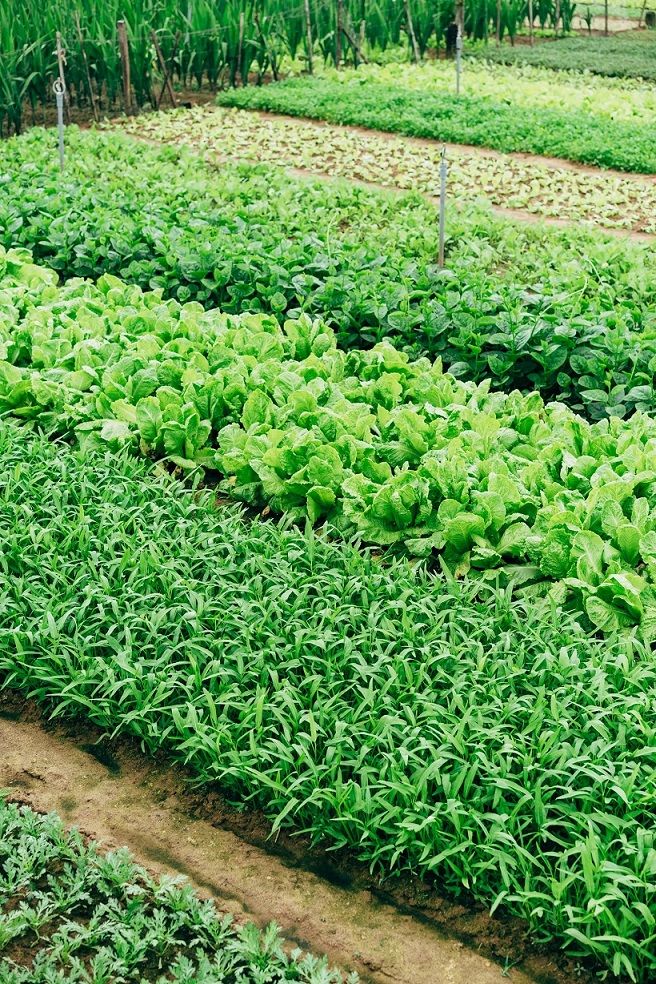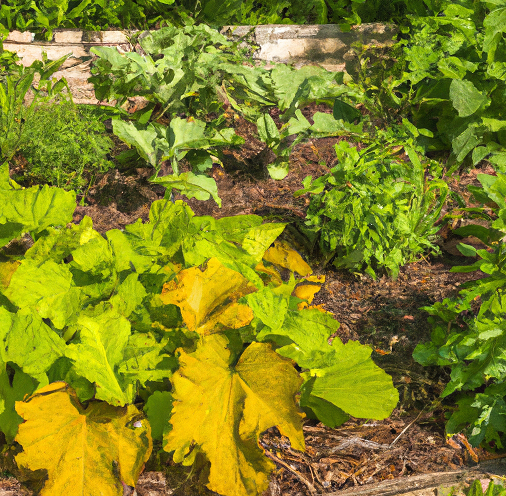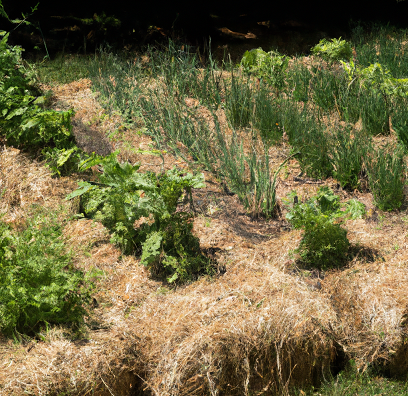Gardening Techniques Through the Ages: A Comprehensive Guide to Traditional and Modern Approaches

Gardening has been around for centuries, and over time, various techniques have been developed to cultivate healthy plants and maximize yields. From traditional rows to no-till gardening, each technique has its own benefits and drawbacks. In this blog, we'll explore the history of various gardening techniques and discuss their advantages and disadvantages.
Traditional Row Gardening
Traditional row gardening is a technique where crops are grown in long, straight rows with defined pathways between them. This method has been used for centuries and is still a popular choice for many gardeners. One of the benefits of row gardening is that it's easy to set up and maintain. It's also a great method for growing large crops like corn and beans. However, this method can be wasteful since a lot of space is required for the pathways between the rows. Also, the soil can become compacted over time, leading to poor drainage and lower yields.

Square Foot Gardening
Square foot gardening was developed in the 1980s by Mel Bartholomew, a retired engineer who wanted to create a more efficient way to grow vegetables. This method involves dividing a garden bed into small, square sections and planting each section with a specific number of plants based on its size. One of the biggest advantages of square foot gardening is that it maximizes the use of space, allowing you to grow more vegetables in a smaller area. It's also a great method for beginners since it's easy to set up and maintain. However, this method can be more labor-intensive than traditional row gardening, as each section needs to be carefully measured and planted.

Straw Bale Gardening
Straw bale gardening is a technique that has gained popularity in recent years. It involves planting directly into bales of straw, which have been conditioned with fertilizer and water to create a nutrient-rich growing environment. One of the benefits of straw bale gardening is that it allows you to garden without soil, which can be especially helpful if you have poor-quality soil or limited space. It's also a great method for those with physical limitations since the bales can be raised off the ground to a comfortable height. However, this method can be expensive since you'll need to purchase the straw bales and fertilizer, and they can take a few weeks to condition before planting.

No-Till Gardening
No-till gardening is a method that involves planting directly into the soil without tilling or turning the soil. This technique is becoming more popular among organic gardeners since it helps to maintain soil health and prevent erosion. One of the benefits of no-till gardening is that it can be less labor-intensive since you don't need to spend time tilling the soil. It's also a great method for those with poor-quality soil since it helps to improve soil structure and increase water retention. However, this method can be more challenging for beginners, as it requires more careful planning and preparation.
Other Gardening Techniques
There are many other gardening techniques that have been developed over the years, including raised bed gardening, container gardening, vertical gardening, and more. Each method has its own unique benefits and drawbacks, and the right technique for you will depend on your individual gardening goals and needs.


